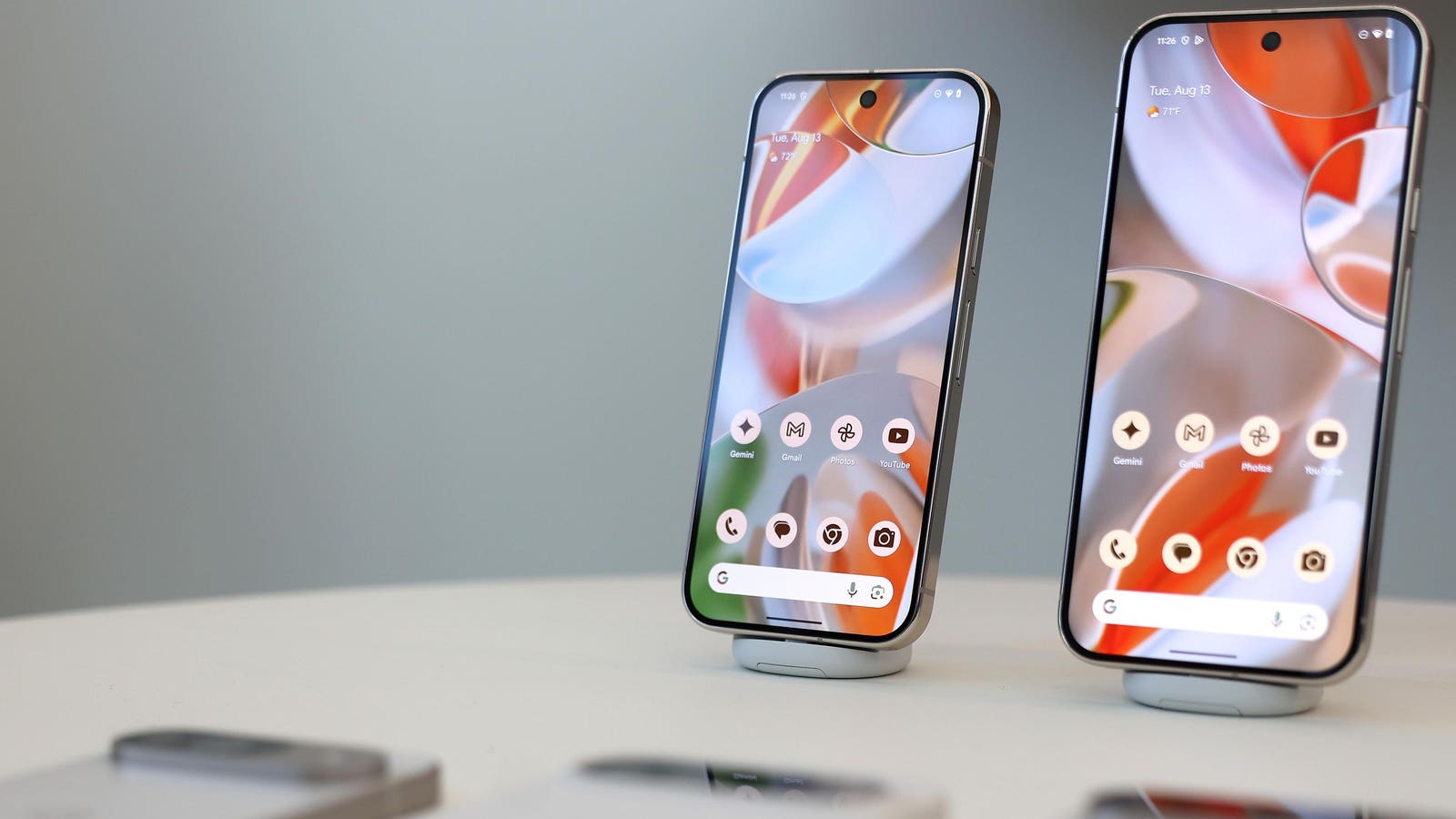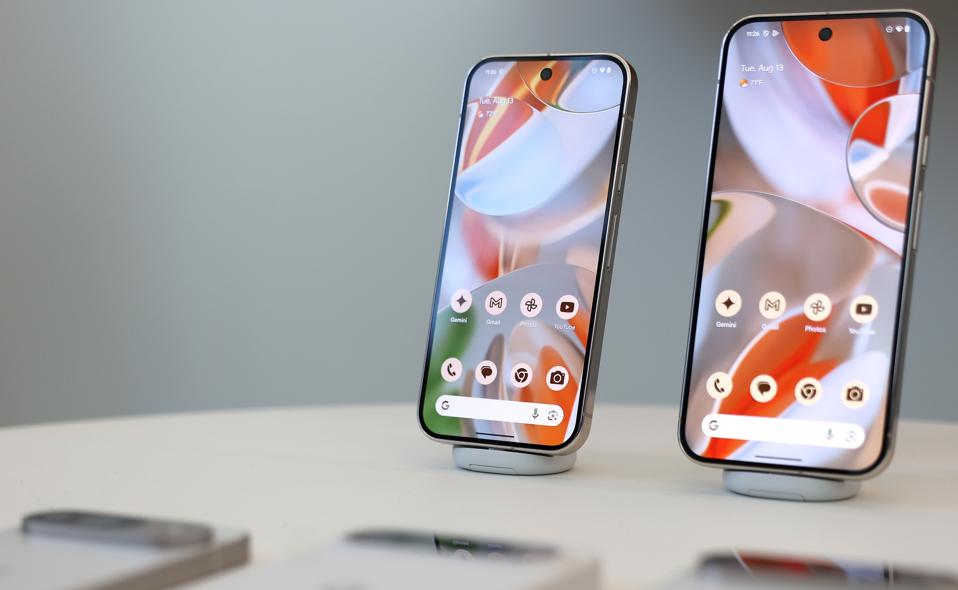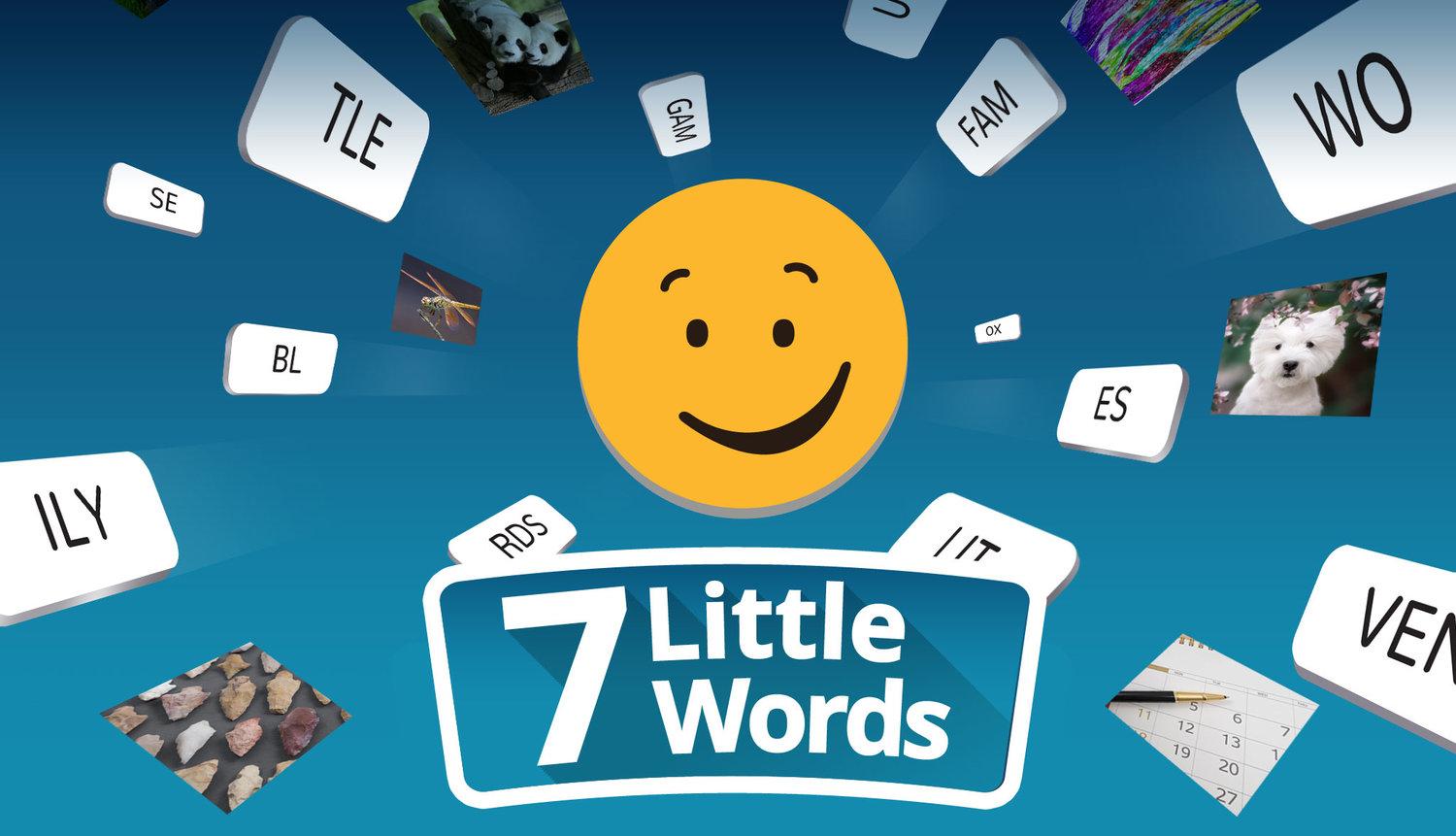Apple has some catching up to do.
Smartphones are now under threat from malicious text messages, attacks that come courtesy of China’s organized criminal gangs. Whether its an unpaid toll or a DMV traffic offense or even an undelivered package, the threat is the same.
Google warns that these dangerous texts can be sent directly to your phone rather than via a mobile network, and that users should disable 2G networks to stay safe.
Those so-called SMS-blaster attacks trick your phone into connecting to a malicious device, thinking it’s a legitimate cellular access point. That same kind of trickery can do more than just blast texts, it can actually intercept all traffic to and from the phone. You’ll have heard of police use of so-called Stingrays — that’s what this is.
Network defense at work.
Not only does Google enable 2G connections to be disabled where iPhone does not, but the Android-maker is now also launching a defense against these rogue cellular connections, warning when there’s any unencrypted connection or when a network is repeatedly pinging a phone for its identifiers. Again, iPhone cannot do the same.
I’ve reported on this before, but with the release of Android 16 it’s now imminent — with a catch. As Android Authority points out, “it’s unlikely that any current devices will be updated to support the notifications feature. We will most likely have to wait for upcoming devices that launch with Android 16, such as the Pixel 10 series.”
That’s because this only works through an interface between the cellular modem and the phone’s Android OS, and that’s not expected to be available as an aftermarket upgrade. It also requires new modems capable of running the interface software. iPhones, by contrast, have to rely on filtering texts from unknown senders.
Network defense at work.
Android users with the right hardware — as and when it’s available — should enable this protection. They should also disable 2G network connections and also enable Android 16’s new Advanced Protection Mode, which — not be accident — disables 2G by default.
With the network defense and Advanced Protection Mode upgrades, Google is seriously raising the bar for Android users. Apple’s iPhone is materially behind when it comes to network protection, albeit remains ahead when it comes to phone lockdowns, malware defenses, sandboxing apps and policing data harvesting permissions.
The gap between the two operating systems has never been narrower. A current Android phone with these protections enabled gives iPhone a run for its money for the first time. At least as regards external threats. You still need to be comfortable with Google’s own tracking and data harvesting, and its expansive use of Gemini.









